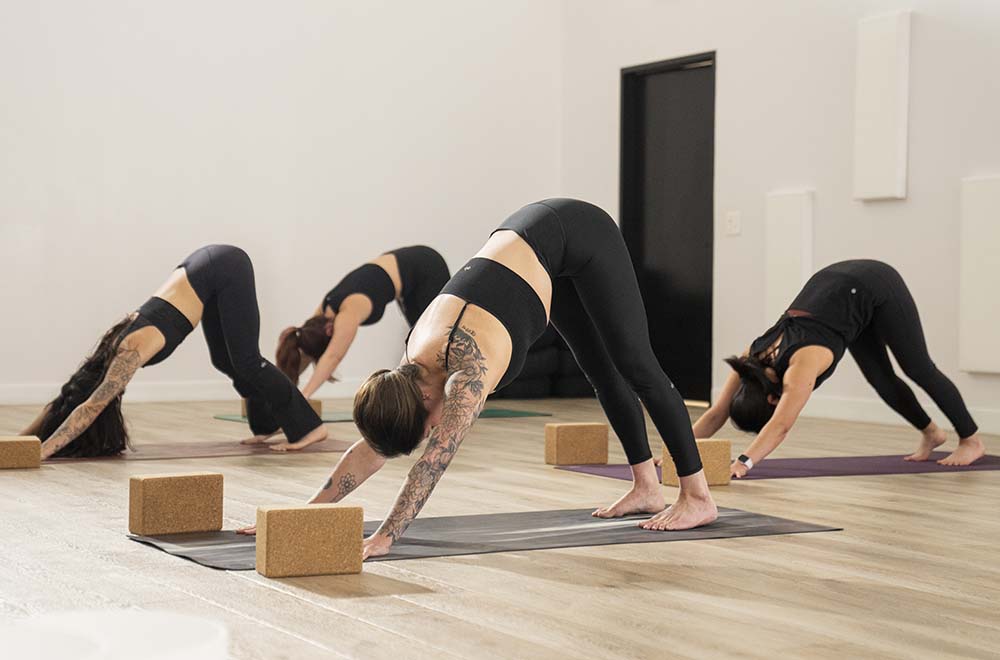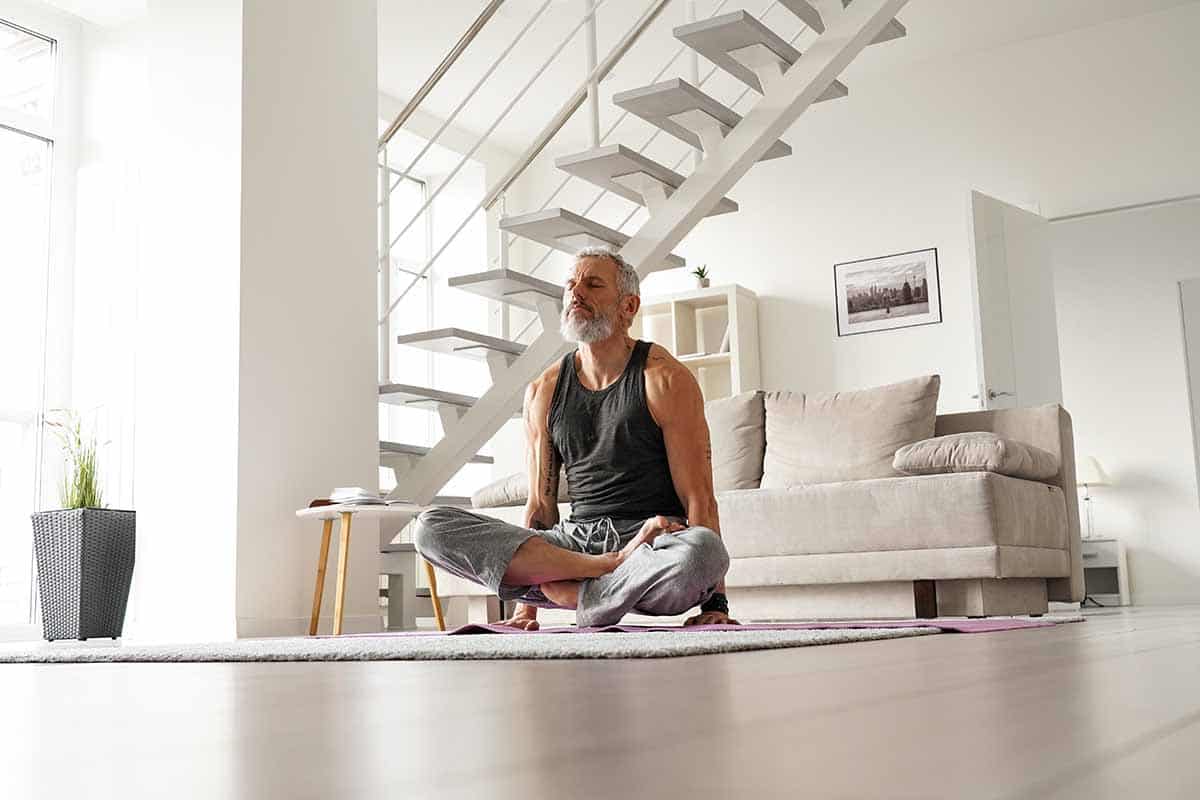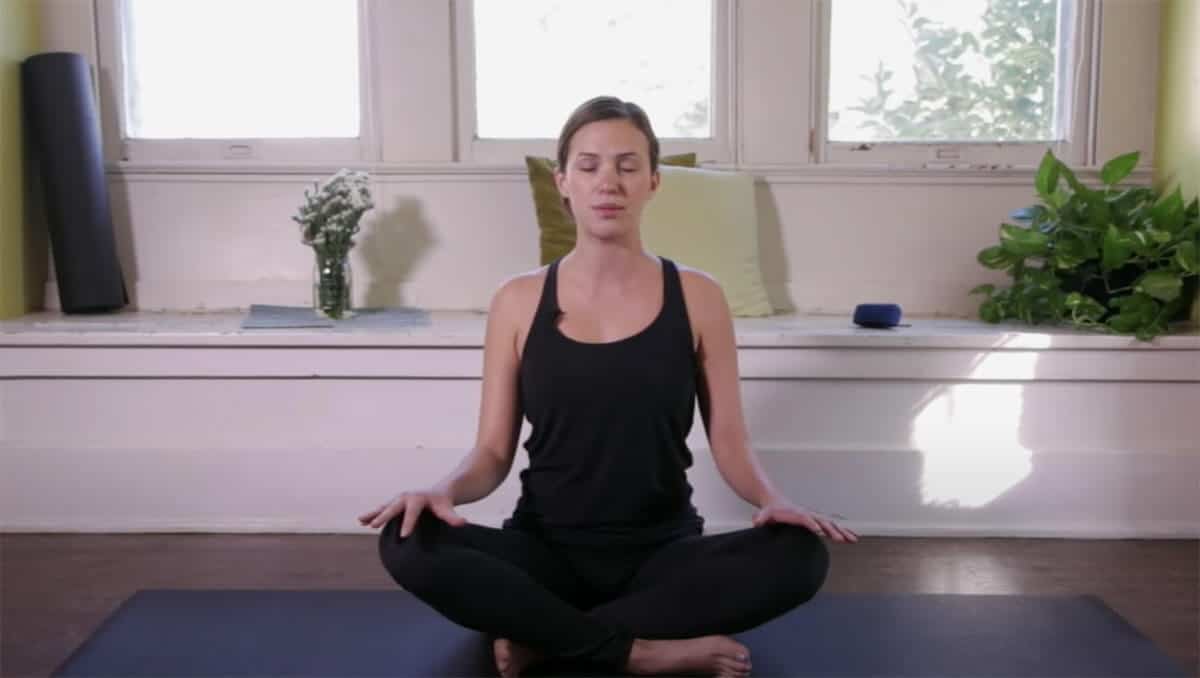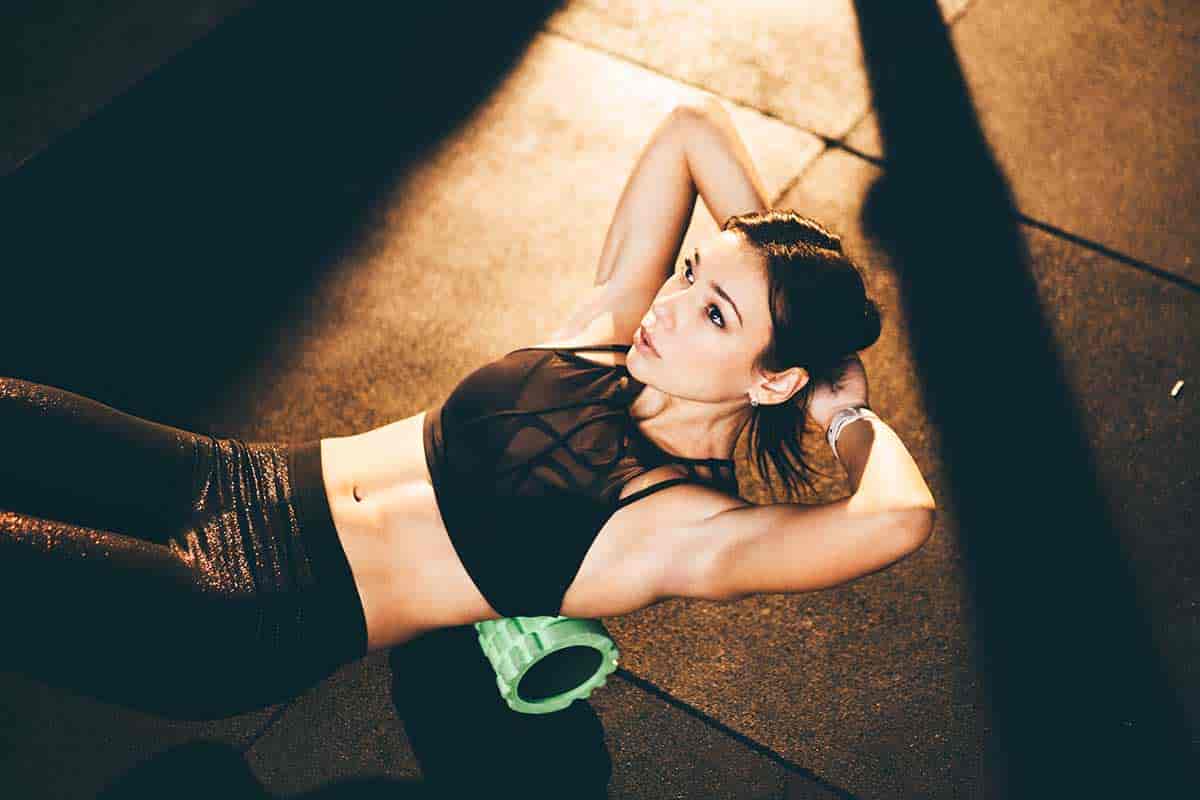
uscle tightness is something everyone has undoubtedly experienced at one time or another. It can lead to feeling stiff, limited mobility, and, in some cases, pain. Yin Yoga is a specialty yoga modality that incorporates long-held, supported stretches, which help to release and relax tension and tightness.
Article Topics
The Hamstrings
To understand why we may want to address our tight hamstrings and why Yin Yoga can help us release muscle tension, let’s first look at the hamstrings and what they do.
The group of muscles known as the hamstrings, sometimes called “hammies,” comprises three long, separate muscles at the back of the thigh (above the knee, below the hip).
The primary function of the hamstring muscles is to flex (bend and straighten) the knee, extend the hip (common in activities like walking and sitting), and rotate various parts of the leg. This large muscle group at the back of your upper leg works in tandem with the quadriceps (quads), the group of four muscles at the front of the thigh. When the quads tighten, the hamstrings release, and vice versa.
Those of us in mobile bodies activate our hamstrings multiple times a day. If that muscle group is tight, it can lead to problems in your knees, lower back pain, and poor posture. We may have difficulty bending over, sitting, or getting up from a chair.
One of the most relaxing and effective ways to release your hamstrings is through Yin Yoga! Most yoga classes will address your hamstrings, but they do so more actively and in a fast-paced way, which doesn’t suit everybody.
Yin Yoga to the Rescue
Yin Yoga is slow-paced and suitable for all bodies. It uses props to support the practitioner, and poses are held for 3-5 minutes each. The practitioner does not contract their muscles while in the yin yoga pose but focuses on breathing and relaxation. Letting go and surrendering to the pose, supported by bolsters, blankets, and blocks, allows the body’s fascia to slowly unwind and unravel, like a tightly woven fabric loosening its threads.
Fascia is the connective tissue in the body that provides structure by wrapping up muscle groups and internal organs. When fascia becomes stressed, it tightens, and the muscles can have difficulty relaxing within their constricted sheath. Yin Yoga focuses on the release of the fascia and the consequent release of the muscles within it.
Yin Yoga is a very passive style of yoga, but that doesn’t mean it’s easy! Holding a pose or sequence does involve some discomfort. Sometimes, it is all in our minds as we seek distraction or think of our to-do lists rather than surrendering to the present moment. Sometimes, the discomfort is physical, as we feel the tightness in our body and hold the posture at the very edge of where it feels comfortable until we feel an unwinding and release of tension.
Because Yin is such an inward practice, it is mainly done with eyes closed in an atmosphere that encourages relaxation. Dim the lights and play some gentle instrumental music. Focus on your breath, and resist the temptation to fidget or leave the pose too soon. You can use a timer if preferred.
3 Yin Postures for Tight Hamstrings
Caterpillar
Sit on the ground (or in your bed) with your legs extended straight in front. You may prefer to sit on a cushion or folded blanket to elevate the hips. Knees can be bent or straight, feet together. Experiment with placing a bolster or a folded blanket under your knees. Fold forward over your legs until you feel a stretch in the back of your thighs. Allow your spine to round and your arms to drape loosely forward. You should feel sensations along the spine and the backs of the legs. Hold for 5 minutes.
Dangling Pose
Dangling Pose is the standing version of Caterpillar. Stand with your feet at a hip’s distance apart. Bend your knees generously and fold at the waist as if reaching for your toes. Hang loosely, allowing your spine to round and your arms to sway toward the ground. Alternatively, grab hold of opposite elbows and allow your arms to hang heavy from their shoulder joints. Swing your arms and torso from side to side if that feels good. Hold the pose for 2 minutes. Keep your knees bent and stand up very slowly to avoid a head rush.
Downward Dog
One of the most commonly used yoga poses, downward down, can be vital to unlocking the hamstrings. Come down to your hands and knees. Spread your fingers wide, and ensure your palm and fingers are all flat on the mat. Curl your toes under and lift your knees off the mat, hiking your hips up and back, straightening your spine. Maintain a deep bend in your knees as you press your belly toward the front of your thighs. If accessible, straighten your legs as much as possible, pressing your heels toward the ground. Hold for 3 minutes.
Address Your Tight Hamstrings
Yin Yoga can be a beneficial practice for tight hamstrings, as it involves holding deep stretches for an extended period, promoting flexibility and releasing tension in the muscles. Consistent incorporation of Yin Yoga into your routine may be just what your muscles ordered.


